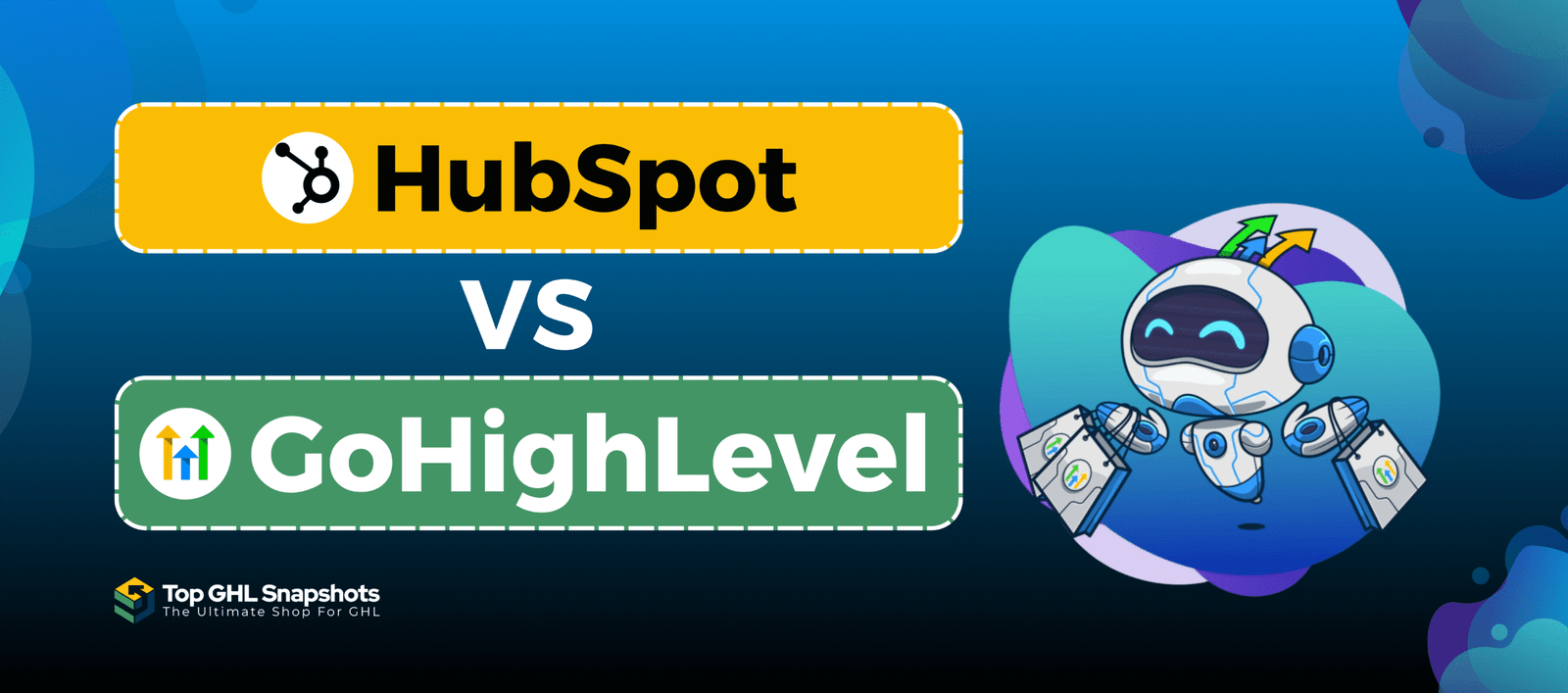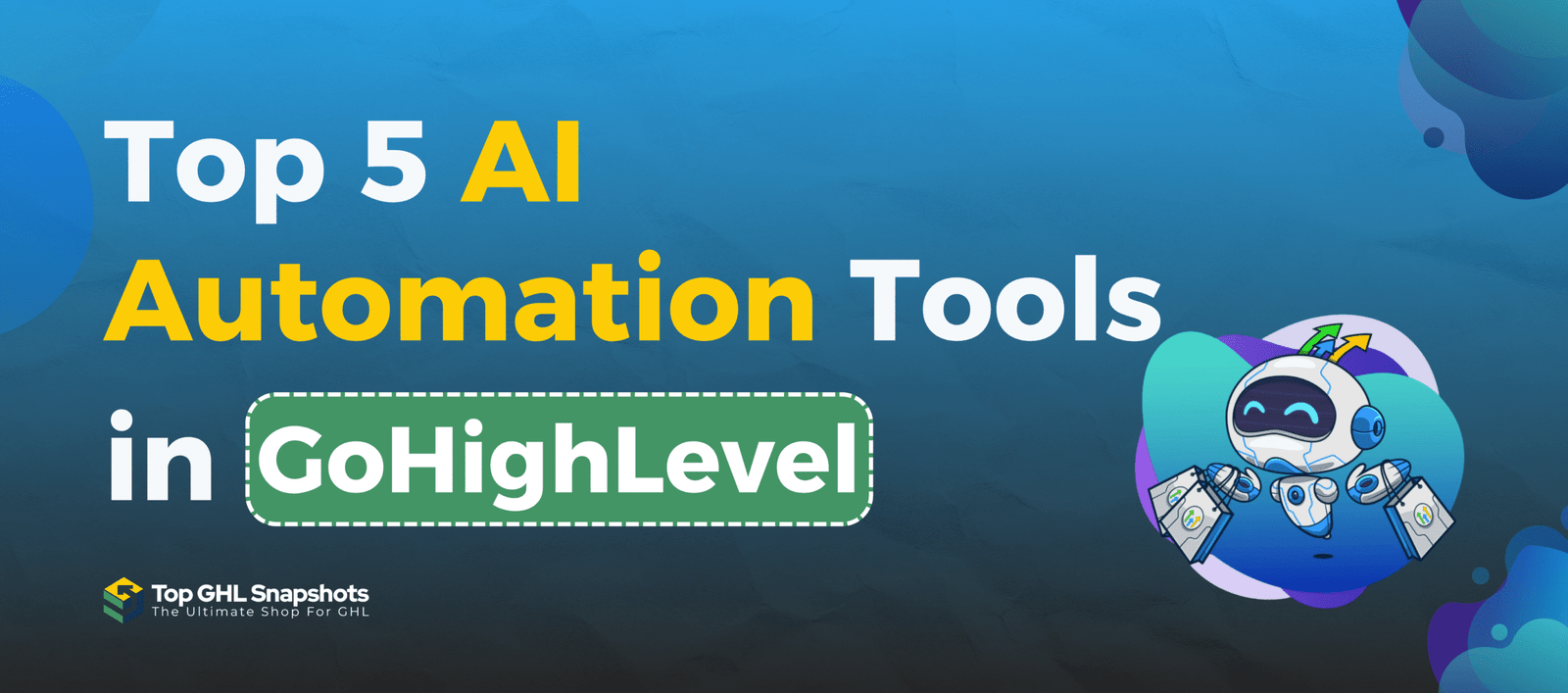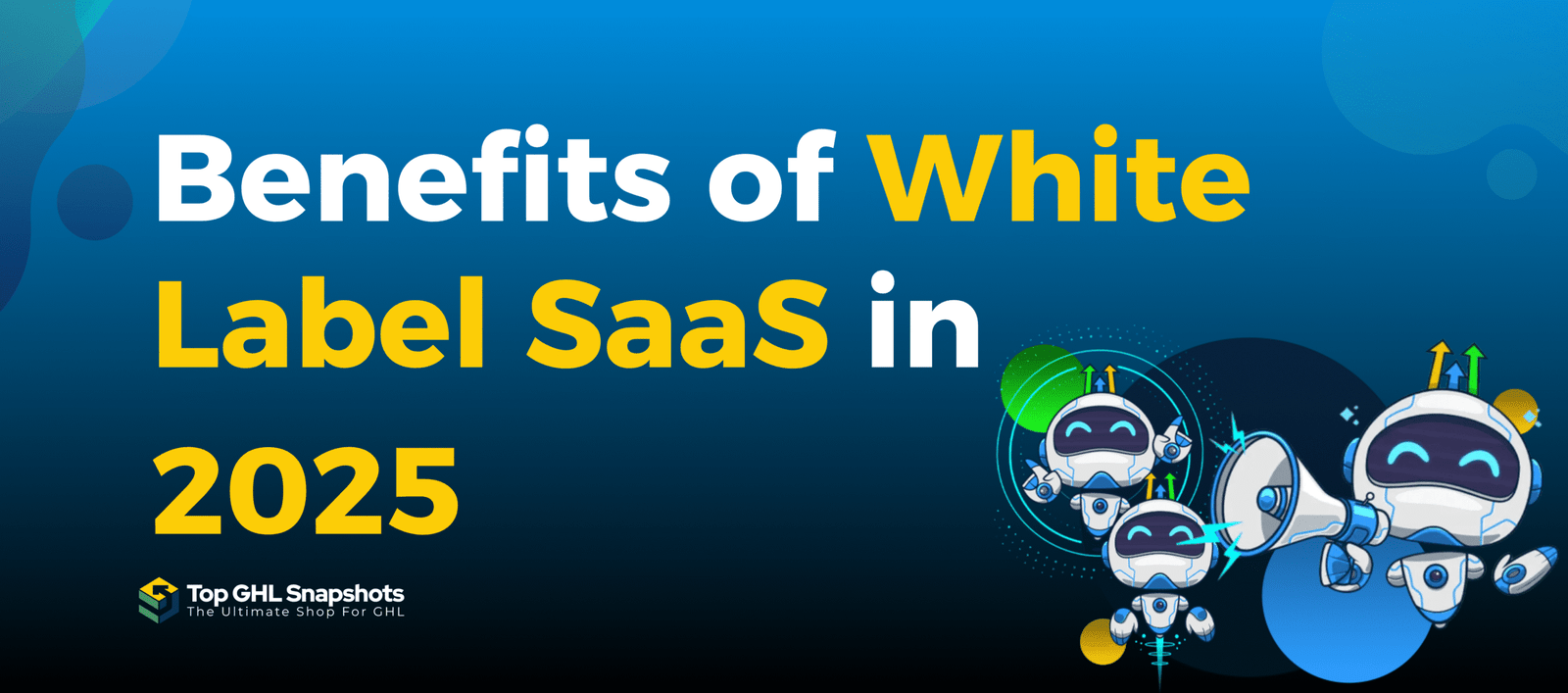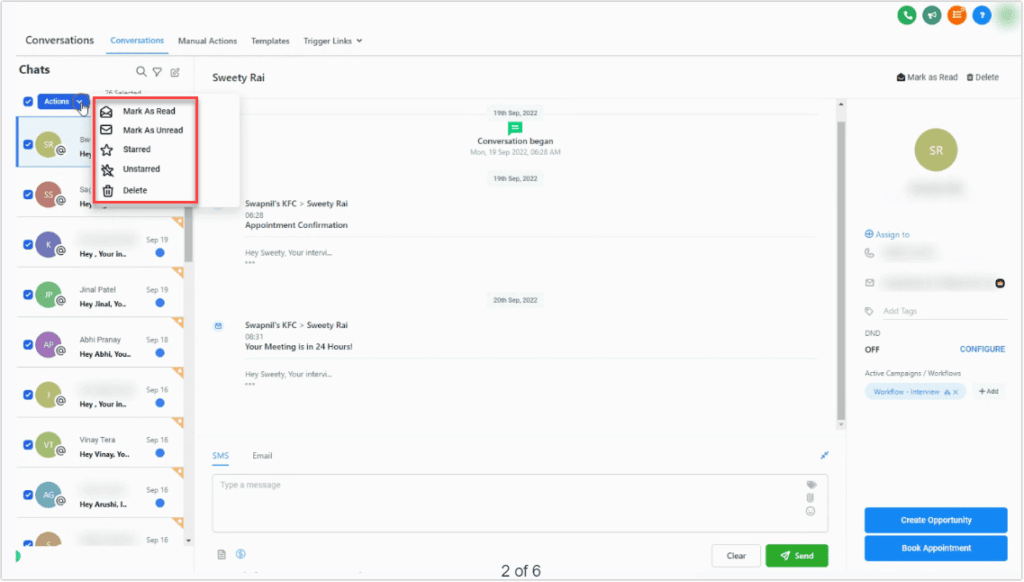
Blog
The Future of AI in GoHighLevel 2025 Trends and Predictions

Artificial Intelligence (AI) is quickly becoming one of the most important tools in business. What used to feel like science fiction—computers that can think, respond, and make decisions—is now part of everyday work for agencies and entrepreneurs.
If you use GoHighLevel, you already know it’s a powerful all-in-one platform. It can handle marketing, sales, customer service, and more. But in 2025, the AI inside GoHighLevel is going to get even smarter and more useful. This means you’ll be able to do more with less effort, all while giving customers a better experience.
In this article, we’ll break down the biggest AI trends for 2025 and show you how GoHighLevel will use them to help agencies grow faster, work smarter, and keep clients happy.
Key Takeaways
- AI chatbots in GoHighLevel will act more like real assistants, solving problems and making decisions for you
- New AI thinking time will make answers more accurate and natural
- GoHighLevel will use both big, powerful AI models and small, fast ones for different tasks
- AI will remember customer details for better and more personal service
- Humans and AI will work side-by-side more smoothly than before
- All customer channels (SMS, email, WhatsApp, social media) will connect into one smart conversation
- Agencies can resell AI services using SaaS Mode and make extra income
AI Agents That Work Like Real Team Members
Right now, GoHighLevel’s Conversation AI and Voice AI can answer questions, book appointments, and handle common customer requests.
In 2025, these AI tools will feel even more like real employees. Instead of just following scripts, they’ll be able to:
- Understand a customer’s problem
- Break it into steps
- Take action without asking you every time
Example:
If a customer sends a message saying, “I’m interested in your coaching program, but I have questions about payment,” the AI could:
Check your pricing and payment plans
Explain the options in simple language
Offer to book a free call
Send a link to your payment page if they’re ready to buy
This means you spend less time answering basic questions and more time focusing on high-value work. Right now, GoHighLevel’s Conversation AI and Voice AI can answer questions, book appointments, and handle common customer requests.
In 2025, these AI tools will feel even more like real employees. Instead of just following scripts, they’ll be able to:
Understand a customer’s problem
Break it into steps
Take action without asking you every time
Example:
If a customer sends a message saying, “I’m interested in your coaching program, but I have questions about payment,” the AI could:
Check your pricing and payment plans
Explain the options in simple language
Offer to book a free call
Send a link to your payment page if they’re ready to buy
This means you spend less time answering basic questions and more time focusing on high-value work.
Smarter Thinking with Inference Time Compute
A big AI trend for 2025 is something called inference time compute. That’s a fancy way of saying “the AI will think for a moment before answering.”
Right now, most chatbots respond instantly. But sometimes quick answers aren’t the best answers. This new method will:
Take a little extra time for complex questions
Look at past conversations
Check customer details in your CRM
Then give a better, more helpful reply
Example:
If a customer says, “I need to reschedule my appointment because I’m traveling,” the AI could:
Look up their current booking in your calendar
Suggest the next available time that matches their past preferences
Send them a new booking link
This deeper thinking makes AI responses feel more human and accurate.
Big AI Models for Complex Jobs, Small Models for Speed
In 2025, we’ll see two types of AI models being used inside GoHighLevel:
- Big models with trillions of details, used for deep, complex tasks like strategy advice or detailed sales scripts
- Small models with just a few billion details, used for fast tasks like creating a catchy email subject line
- Why this matters:
- Big models give richer, more creative answers but can be slower and more expensive
- Small models are super quick, use less computer power, and can run even on a phone or laptop
- GoHighLevel will likely use a mix so you get both power and speed where it matters most.
AI That Remembers Everything
Right now, most bots forget what you said after a conversation ends. In 2025, GoHighLevel will move toward persistent memory—AI that remembers every customer interaction.
That means:
- Customer service bots can recall your last chat
- Sales bots can remember which product someone was interested in months ago
- Marketing automations can follow up based on old conversations
Example:
If a customer once told your chatbot, “I love your skincare products, but I’m allergic to lavender,” your AI will remember and never recommend lavender products again.
Humans and AI Working Together
Sometimes AI can actually perform worse when paired with humans—if the tools aren’t designed well. In 2025, GoHighLevel will focus on making human + AI collaboration smooth and natural.
You’ll see:
- Suggestive Mode improvements so you can approve or tweak AI messages before sending
- Easy handoff from AI to human when needed (for example, in Voice AI calls)
- Manual actions inside workflows where you can step in for sensitive situations
This balance gives you control while still saving time.
One AI for All Channels
GoHighLevel already connects with SMS, email, WhatsApp, Facebook, Instagram, and Google Business Profile.
The next step is true multi-channel AI—where one AI handles all these conversations as if they were a single conversation.
Example:
A customer sends you a DM on Instagram, then emails later, then texts your business number. Instead of treating them as three separate conversations, the AI will know it’s the same person and keep the context.
GoHighLevel’s marketing tools will get a big boost from AI in 2025:
- Ad Manager + AI could suggest better targeting based on customer data
- AI can create Facebook Custom Audiences using your CRM
- Campaigns could adjust in real time based on results
Imagine your ad budget shifting automatically to the best-performing campaigns while you sleep.
AI Pricing and How Agencies Can Profit
GoHighLevel offers two ways to pay for AI:
| AI Tool | Pay-Per-Use | Unlimited Plan |
|---|---|---|
| Voice AI | $0.13/min | $97/month |
| Conversation AI | $0.02/message | $97/month |
| Reviews AI | $0.08/review | $97/month |
| Content AI | $0.09/100 tokens | $97/month |
Pro Tip for Agencies:
If you’re on SaaS Mode, you can resell AI to clients. For example, you could charge $0.05 per message for Conversation AI when you only pay $0.02. With just a few clients, this can add hundreds of dollars in profit each month.
Frequently Asked Questions
If you use AI heavily or want to resell it to clients, the $97/month unlimited plan often works out cheaper than pay-per-use.
Yes, GoHighLevel supports multi-account setups, and AI can be trained separately for each one.
Not at all. Conversation AI is very beginner-friendly, and you can start with simple automation before moving to advanced Workflow AI.
No—snapshots are plug-and-play with step-by-step setup.
Conclusion
AI in GoHighLevel is moving from a “helpful tool” to a full business partner. In 2025, it will:
- Answer complex questions
- Remember customer preferences
- Work across all channels
- Help you sell and support without constant supervision
The agencies that start learning and using these tools now will be ahead of the curve—saving time, increasing profits, and delivering a customer experience that feels personal, not robotic.
If you’re ready to get the most from AI in 2025, start exploring GoHighLevel’s Conversation AI, Voice AI, and Workflow AI features today, train them for your business, and watch them become your most reliable team members.
Table of Contents

How to Use Workflow AI for Pre-Call Lead Qualification in GoHighLevel
Time is your most valuable asset—especially when it comes to sales. Jumping on calls with leads who aren’t ready, aren’t

HubSpot vs HighLevel: Why HighLevel Stands Out in Email Marketing
Email marketing has become a cornerstone of digital marketing strategies, and selecting the right platform can significantly impact business success.

Top 5 AI Automation Tools in GoHighLevel You’re Not Using Yet
If you’re using GoHighLevel for funnels, pipelines, and automations—you’re only scratching the surface. What truly sets HighLevel apart in 2025

HighLevel AI Employee: Automate Everything
Imagine having a tireless, smart assistant that works 24/7 — answering calls, chatting with leads, writing content, managing reviews, building

Automate Review Responses with Reviews AI in GHL
In today’s digital-first world, your reputation isn’t just important—it’s everything. Whether you’re running a local plumbing business, a boutique agency,

Benefits of White Label SaaS in 2025
The way agencies grow in 2025 looks very different from just a few years ago. Instead of selling only services,








